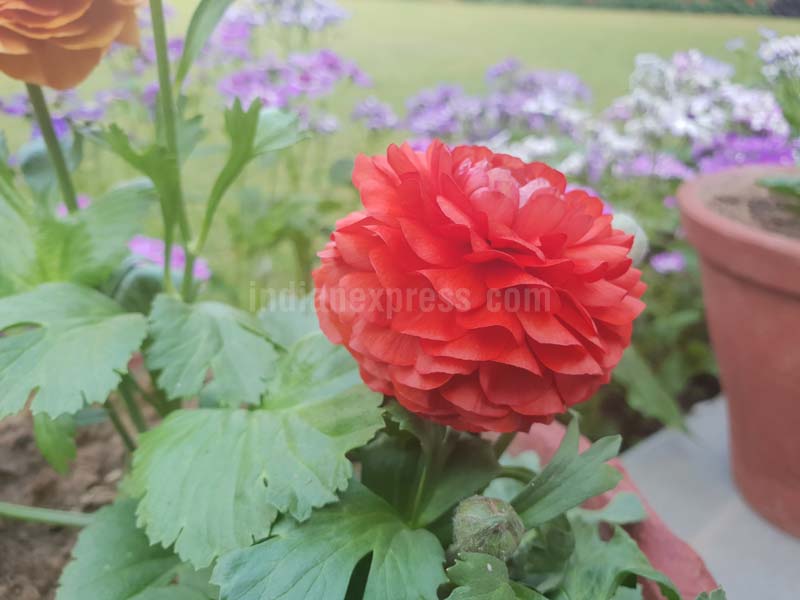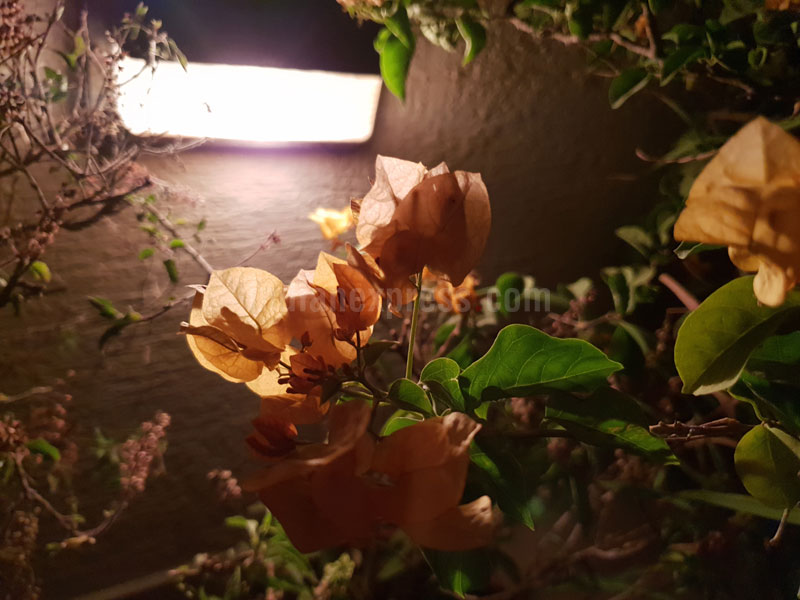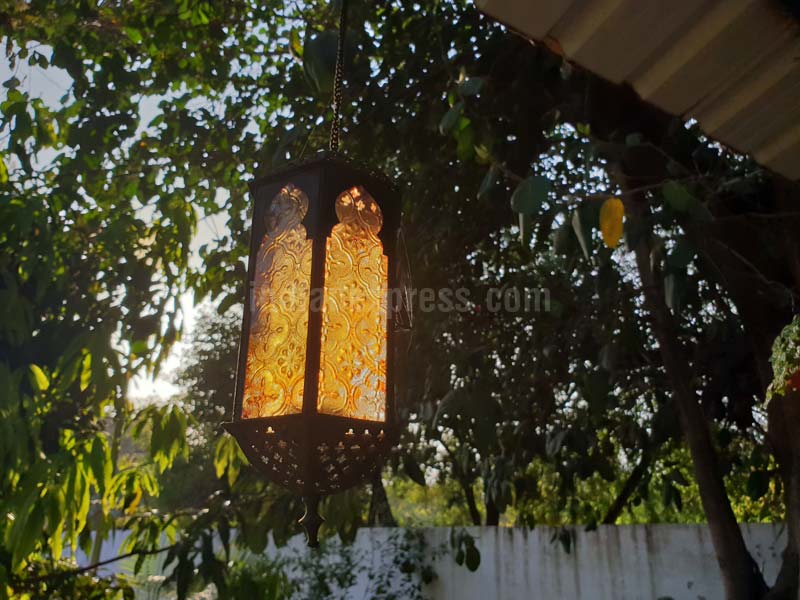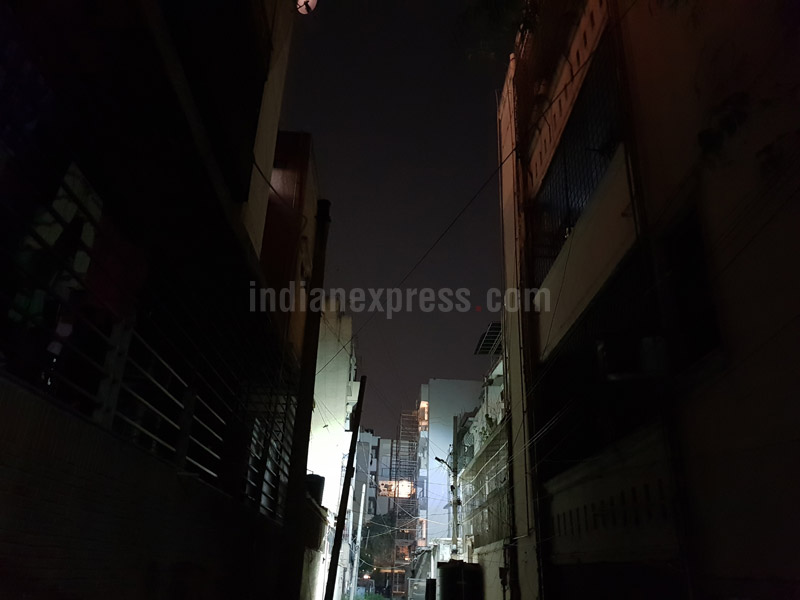Smartphone cameras are no longer just about megapixels. They are now the defining feature of mobiles, and come with the biggest changes, especially in the flagship category. Even before a smartphone has officially hit the market, DxOMark ratings for the phone’s camera and its performance are declared, claiming it to be the best phone ever in the department. Recently, we’ve seen the Huawei P20 Pro launch with three rear camera sensors, making all those dual rear cameras seem outdated. While Huawei P20 Pro now reigns at the top of the DxOMark ratings, two smartphone brands where cameras has been established as supreme are the Samsung Galaxy S9 and the Google Pixel 2.
With Samsung Galaxy S9+, the company has introduced dual-rear cameras, a super slow motion mode, and dual apertures, which are automatically adjusted based on the lighting conditions. The Galaxy S9+ has a rear camera, where the low-light performance is supposed to be extraordinary. Then there’s the Google Pixel 2 XL. Yes, the phone might have been panned for its display, but in the camera department, there are very few that can match its prowess. The Google Pixel 2 XL also has a portrait mode on the front and rear camera, but there’s no dual sensor. Instead, Google is relying on the power of its software to boost and enhance photo quality.
So which smartphone performs better in the camera department? Here’s what we thought after using the Google Pixel 2 XL and Samsung Galaxy S9+ .
Samsung Galaxy S9+ vs Google Pixel 2 XL: Quick look at camera specifications
Before jumping into the camera samples, here’s quick look at the two cameras and difference in specifications on Samsung Galaxy S9+ and Google Pixel 2 XL. The Galaxy S9+ has 12MP+12MP rear camera with OIS on both lenses. Samsung Galaxy S9+ has a telephoto and wide-angle lense set up. The 12MP wide-angle lens has dual apertures of ƒ/1.5 and ƒ/2.4. The 12MP telephoto lens has ƒ/2.4. The Galaxy S9+ camera has 4K recording, 960FPS super-slow motion recording at 720p.
Also read: Samsung Galaxy S9+ review: The best Android flagship, best camera too
The front camera is 8MP with a Portrait mode as well. In Samsung, the Portrait mode is labelled as ‘Live Focus’ for the rear camera and ‘Live Focus Selfie’ on the front camera. The Galaxy S9+ has 2X optical zoom feature.
Google Pixel 2 XL has a 12.2MP single rear camera with ƒ/1.8 aperture and OIS + EIS — this means Optical Image Stabilisation + Electronic Image Stabilisation. Google claims this combination ensures better video camera performance on the smartphone. The Google Pixel 2 XL comes with a Portrait mode on the back and the front camera as well. The front camera is 8MP on the Pixel 2 series. The camera is the same on the Pixel 2 and the larger Pixel 2 XL, so there will be no difference in performance if you go for the smaller phone. However, Pixel 2 XL does not have 2X optical zoom.
 Samsung Galaxy S9+ has a lot of features on the camera, including a super slow motion video option.
Samsung Galaxy S9+ has a lot of features on the camera, including a super slow motion video option.
In terms of features, the Samsung Galaxy S9+ does have an edge over the Pixel 2 XL. After all, there is a super slow-motion mode, a Pro mode, and the option of shooting pictures in RAW and JPEG format from the settings. The Pixel 2 XL camera does not allow shooting in RAW by default. For those who link to tinker with their smartphone cameras and want more out of the images, the Galaxy S9+ has more options on board. For most users though, the auto mode on both smartphones will be good enough.
Read more: Google Pixel 2 XL review: Stands out on software, camera
Samsung Galaxy S9+ vs Google Pixel 2 XL: How they compare on details in photos
In this department, one can say the Pixel 2 XL and the Galaxy S9+ are equally matched. Both cameras do an excellent job in capturing details in photos, and even when you zoom in on some pictures, the details are there. However, there is a clear difference in colour treatment, but we will discuss that next.
With the picture of the red coloured Ranunculus flowers, both smartphones do a pretty good job of capturing details, even when you zoom in. In the terms of picture composition and preserving details, both the Galaxy S9+ and Google Pixel 2 XL are evenly matched. Even in other pictures, which you will see below, both cameras are on point when it comes to preserving details. The images are worthy of flagship phones.
 Samsung Galaxy S9+ sample of the red flower. (Image resized for web)
Samsung Galaxy S9+ sample of the red flower. (Image resized for web)
Samsung Galaxy S9+ vs Google Pixel 2 XL: How they compare on colour reproduction
This is one area where a lot of it will boil down to personal taste for many users. I’m not a big fan of the Pixel 2 XL’s display and I feel the colour reproduction does not look right at times, especially with skin tones. On the other hand, the Galaxy S9+ has an excellent SAMOLED display which is brighter than most other phones in the market. These do make a difference in how the pictures appear at first glance.
 Samsung Galaxy S9 Plus picture sample, which is on the brighter side. (Image resized for web)
Samsung Galaxy S9 Plus picture sample, which is on the brighter side. (Image resized for web)
With the Galaxy S9+, the colours are brighter, especially reds, and a little too saturated at times for my liking. This is not to say the pictures are bad, but rather they are on the warmer side. With the Pixel 2 XL, they appear to be just right at times. For instance with yellow flowers, while both capture and preserve details, the one with the Samsung Galaxy S9+ is too yellow and bright.
When it came to pictures of orange bougainvillaea flowers, which were taken in low-light conditions, once again the S9+ tends to make things look a little brighter, but preserves details. The image does stand out. However, the Pixel 2 XL picture is a little more muted, and truer to colour. In some instances, I would prefer the S9+’s pictures simply because they look more vivid and appealing at times.
 Samsung Galaxy S9 Plus sample take in low-light. The image is brighter than the one from the Pixel 2 and the colours are brighter. (Image resized for web)
Samsung Galaxy S9 Plus sample take in low-light. The image is brighter than the one from the Pixel 2 and the colours are brighter. (Image resized for web)
Even with the picture of the lamp against the sunlight which is shared below, the Google Pixel 2 XL does not make it appear so bright, and preserves the dynamic range a little better. There’s more depth in the shadows in the picture taken from the Pixel 2 XL. With the Galaxy S9+, the overall shot is a little brighter, certainly more so compared to the Pixel 2 XL.
Samsung Galaxy S9+ vs Google Pixel 2 XL: Difference in Portrait shots
The Galaxy S9+ and Pixel 2 XL’s rear camera work very differently in portrait shots. With Pixel 2 XL, the camera zooms in closer to the object, and yes it takes an extra second or two for the Portrait image to render. The Pixel 2 XL does an excellent job of Portrait, thanks to its software-driven feature and the pictures are usually extra sharp, in focus and very accurate.
 Samsung Galaxy S9 Plus sample where the overall image is much brighter, though details are sharp as well. (Image resized for web)
Samsung Galaxy S9 Plus sample where the overall image is much brighter, though details are sharp as well. (Image resized for web)
With the Galaxy S9+, the feature is driven by the combination of the two lenses working together. In the Samsung phone, I often found the camera flashing the message that I was too close to the object and needed to move further back. The Galaxy S9+’s portrait mode works better with bigger objects and people. With smaller flowers, it can be a struggle to create the right bokeh-style effect. However, Samsung also allows users to adjust the background blur later on, which is not possible with the Pixel 2 XL.
Portraits shot with bigger objects like the dog on both phones appear quite nice, though the edges will not always be perfect on both depending on the lighting. The Pixel 2 XL has a slight edge in the Portrait department, as it does a better job of highlighting details given it tends to zoom in on the object. With the S9+ getting the right distance, angle can be challenging in some instances.
Samsung Galaxy S9+ vs Google Pixel 2 XL: Night shots
This is one department where Samsung Galaxy S9+ promises to take it up one step higher than its rivals thanks to the dual aperture. If you look at the picture of the alley, the picture taken from the Galaxy S9+ is brighter, even though there is no other source of light close to the camera. Of course, neither the Pixel 2 XL or the Samsung Galaxy S9+ are entirely eliminating noise in the photos, which frankly would be impossible on a smartphone camera. Still, the shot composition has enough details, preservation of shadows for it to look appealing.
 Samsung Galaxy S9 Plus sample image taken in really low-light condition. (Image resized for web)
Samsung Galaxy S9 Plus sample image taken in really low-light condition. (Image resized for web)
Coming to the picture of the tree, in the Galaxy S9+ everything is a lot brighter, and as a consequence there is more noise. The Pixel 2 XL does not necessarily make the scene brighter, but it is not eliminating the noise entirely. Details are not so sharp on either, but then these are smartphones, and not full-fledged DSLRs, so expecting that would be unrealistic.
 Samsung Galaxy S9 Plus sample. . These images are taken in really low-light conditions, with the street lamp being the only source of light. (Image resized for web)
Samsung Galaxy S9 Plus sample. . These images are taken in really low-light conditions, with the street lamp being the only source of light. (Image resized for web)
Finally, the picture of the diya and gods, the Pixel 2 XL does not make the scene so bright, but in the Galaxy S9+ it is warmer. Again you can clearly see the images, even though the light source are just the two diyas. When it comes to low-light, Galaxy S9+ will definitely make the scenes brighter compared to the Pixel 2 XL.
 Samsung Galaxy S9 Plus sample. (Image resized for web)
Samsung Galaxy S9 Plus sample. (Image resized for web)
Samsung Galaxy S9+ vs Google Pixel 2 XL: Which is the right camera?
There’s no doubt that both the Samsung Galaxy S9+ and the Google Pixel 2 XL have excellent smartphone cameras on board. The Pixel 2 is unique in the sense that it offers portrait mode which is driven entirely by software, and that has been executed very well. Samsung Galaxy S9+ has the edge in low-light mode, where it does make the scene visibly brighter. It also offers a lot more features, options with the camera, whereas the Pixel 2 XL is more of a straight point-and-shoot, though still an excellent one at that.
Those who want more features, and prefer brighter colours, will lean towards, the Galaxy S9+. Those who prefer more muted tones and do not really care for dual-cameras at the back, the Pixel 2 XL does not disappoint as a camera choice. Pixel has the edge in the Portrait mode in our opinion, but Galaxy S9+ goes a step further in low-light.